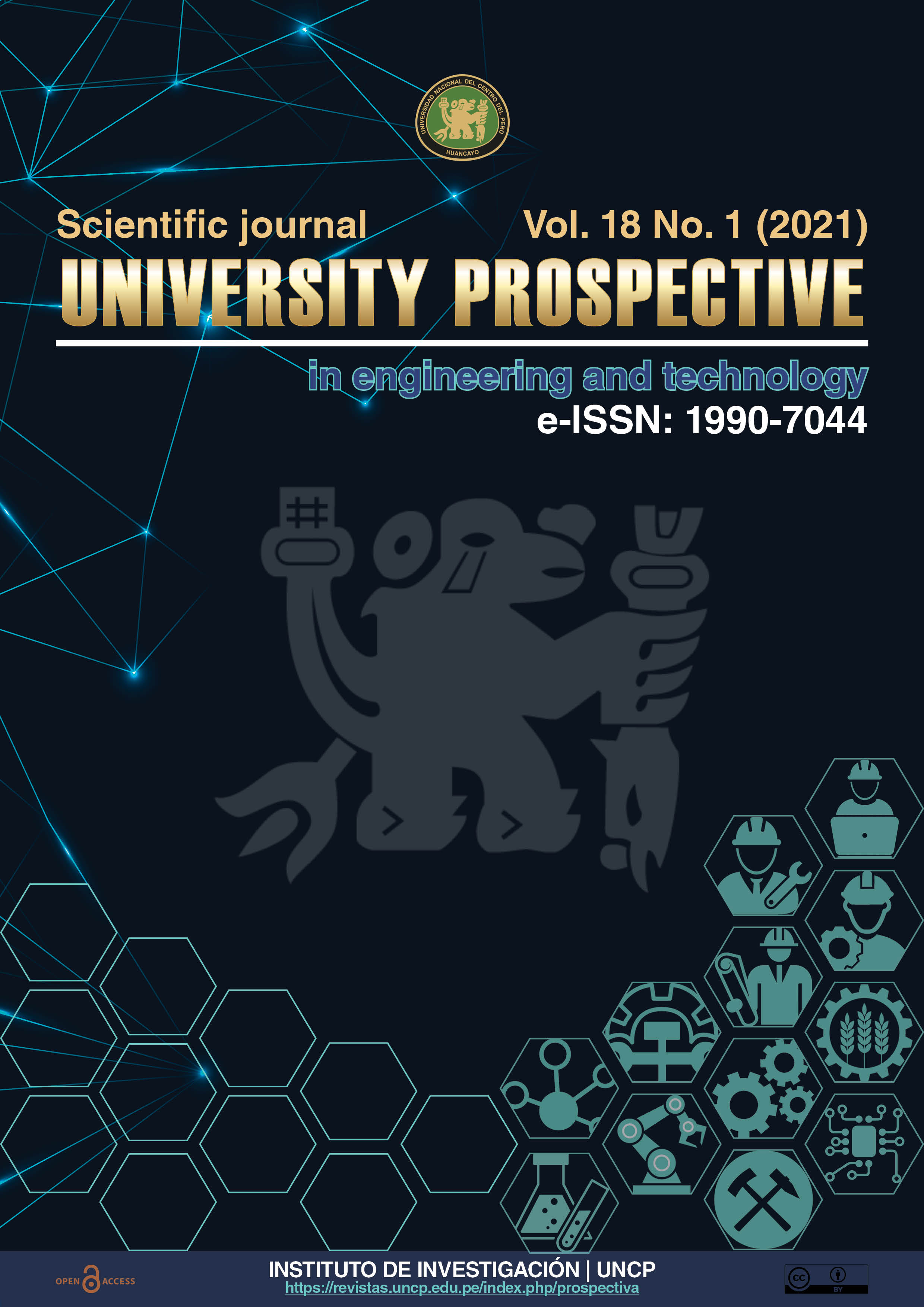Repercusión urbana, espacial y tipológica de las obras de Bjarke Ingels Group en el diseño tipo Smart Blended
Urban, spatial and typological impact of the works of Bjarke Ingels Group in the Smart Blended type design
DOI:
https://doi.org/10.26490/uncp.prospectivauniversitaria.2021.18.1412Keywords:
Urban impact, Urban sustainability, Smart Blended design, Functional satisfaction, Spatial RelationshipAbstract
After postmodernity and deconstructivism, Smart Blended pursues sustainability and reunión against the parametric options of rationality. In Latin America, the options for energy saving, the typology of the place and the use of diversified programs are increasingly open. Bjarke Ingels examines this aspect of the commission and there is evidence of his legacy in Ecuador and Argentina. The aspiration to see a contemporary regional identity embodied has a lot to do with this doctrinal exploration. Finally, the versatility, conceptual attractiveness and spatial relationships of BIG's work allow us to understand the meaning of its own modernity, based on the critical analysis of some works made by this designer.
Downloads
References
A+t. (2016). Híbridos residenciales. A + t, 19 - 23.
AA.VV. (2018). G.A. Contemporary architecture. Tokyo: Edit. Tokyo GA.
AR, A. (2013). Awards for emerging architecture. The Architectural Record, 27-30.
B.I.G. (2010). Yes is more. Holanda: Taschen.
BIG. (2010). Yes is more. Taschen: China.
Castells, M. (2009). Apropiaciones del espacio. Madrid: G. Gilli.
CEPAL. (2009). Morfología urbana. Santiago: ECLAC.
Fernández, G. J. (2011). Planificación estratégica de ciudades. Barcelona: Gustavo Gili.
Fernández, G. L. (2013). Bkarke Ingels Group: 2001 - 2013. Arquitectura Viva, 12-15.
Jencks, C. (1980). El lenguaje de la arquitectura posmoderna. Barcelona: G. Gili.
Saldarriaga, C. (2007). Pobreza en América Latina: Nuevos escenarios y desafíos de políticas para el hábitat urbano. Santiago: CEPAL.
Sorkin, M. (7 de noviembre de 2014). La arquitectura híbrida. Obtenido de https://es.wikipedia.org/wiki/Michael_Sorkin
V.V.A.A. (17 de junio de 2011). 1:100. 01 Estrategias proyectuales. Desarrollo de la arquitectura contemporánea. Buenos Aires, Argentina: 1:100 Ediciones.
Verdaguer, C. (2011). La inclusión urbana en la globalización. Madrid: UPM.
Waisman, M. (1991). La arquitectura en la era posmoderna. Bogotá: Cuadernos Escala.
Zumthor, P. (2014). Inserciones / inversiones. Bélgica:NUXC.
Downloads
Published
Issue
Section
License
Copyright (c) 2021 Roy Luis Alegre Freyre

This work is licensed under a Creative Commons Attribution-NonCommercial-ShareAlike 4.0 International License.
Esta Revista es de acceso abierto a su contenido a través del Internet, poniendo a disposición de la comunidad científica los resultados de la investigación, de manera gratuita, para el intercambio del conocimiento desarrollado.
El contenidos de la Revista se distribuyen bajo la licencia Creative Commons Reconocimiento-NoComercial-CompartirIgual 4.0 Internacional.
![IconJournalPU [ENG] by Edgar Julian-Laime®](https://revistas.uncp.edu.pe/public/journals/1/pageHeaderLogoImage_en.png)









